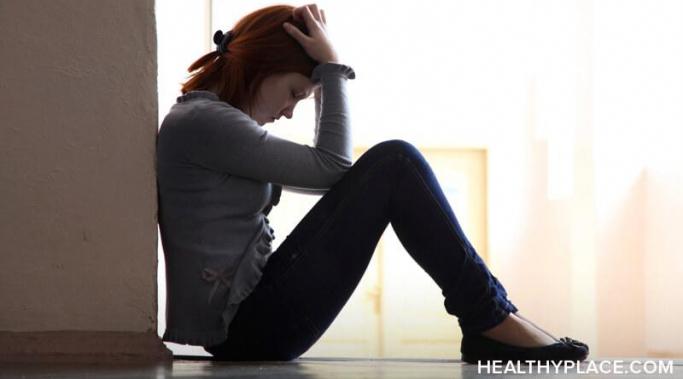Blogs
Losing a friend or loved one to suicide can be devastating and cause a storm of roiling emotions that threaten to overpower you. Among the many strong emotions you may be feeling are anxiety and guilt. These emotions are complex and multifaceted, making them hard to deal with. (Note: This post contains a trigger warning.)
Recognizing suicidal thoughts in yourself or others isn't always easy. The problem is, suicidal thoughts don't always look like you think they should. (Note: This post contains a trigger warning.)
Did you know that workplace suicide is on the rise? According to a 2018 Bureau of Labor Statistics report, there has been "an 11 percent increase in work-related suicides." Today, owing to the pandemic, mental health issues have taken a turn for the worse. In fact, the World Health Organization recently announced that "mental health, suicide prevention needs greater attention during pandemic." (Note: This post contains a trigger warning.)
When self-esteem is poor, the risk of suicide is higher, and as a senior citizen living alone, I recognize that I am particularly at risk right now. The COVID-19 pandemic is causing older people and those with health issues to isolate, including me. Isolation can increase depression, which when untreated, can lead to thoughts of suicide. (Note: This post contains a trigger warning.)
Mistakes can make a person suicidal. I know this because, in the past, that person was me. Making mistakes has made me feel suicidal. Is this an overreaction? Yes, of course it is, but that doesn't mean it isn't a real reaction. (Note: This post contains a trigger warning.)
Teenage suicide was an issue before the COVID-19 pandemic started. Due to the drastic effects of the pandemic on mental health, suicide is an even bigger concern for teenagers now. By knowing the exact reasons and signs of teenage suicide cases, you can save lives. Continue reading to learn about how to prevent teenage suicide during the COVID-19 pandemic. (Note: This post contains a trigger warning.)
A critical aspect of dissociative identity disorder (DID) is the parts, or personalities (including young personalities), that are within the headspace of the individual with the condition. It took me years before I was finally able to identify my own parts, converse with them, and create a healthier place in my mind for them to exist, especially when I have been experiencing suicidal ideation. That being said, it isn’t impossible, even when it may feel like it while dealing with younger parts. (Note: This post contains a trigger warning.)
The suicidal thoughts that plagued my mind in the throes of my eating disorder recovery were expected. I hated my body. I hated myself. I hated my life and the society in which I lived that kept telling me I was not enough. One thing I did not expect was to still feel suicidal thoughts during my eating disorder recovery. (Note: This post contains a trigger warning.)
In general, suicidal thoughts are not normal, but they have been for me lately. I have been actively working toward my recovery for over six years now, and yet for the last two months, I've experienced some kind of suicidal thought nearly every day. I don't want to die, I just want to hit "rock bottom" so I can finally actually get better. (Note: This post contains a trigger warning.)
Lately, I have been thinking about what it looks like when someone experiences mostly invisible illnesses, like anxiety and depression, and feels suicidal. Depression and anxiety are not always visible. People have expressed to me their surprise that I have dealt with chronic anxiety for a long time. But it's true, and I guess at some point I became really good at always acting like everything was fine. (Note: this post contains a trigger warning.)








